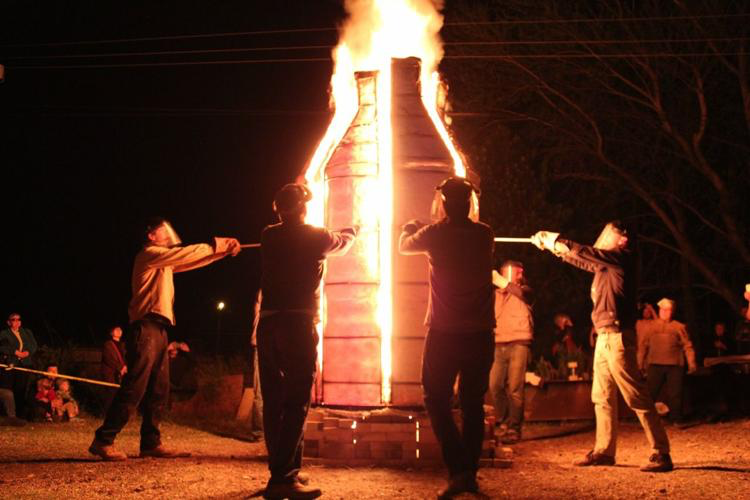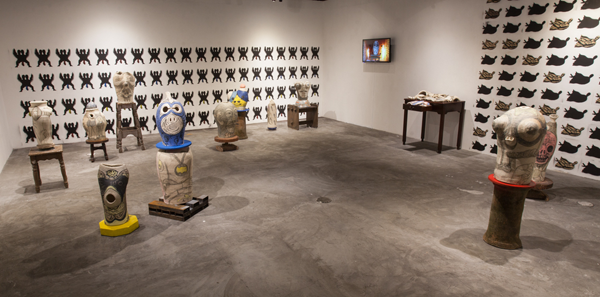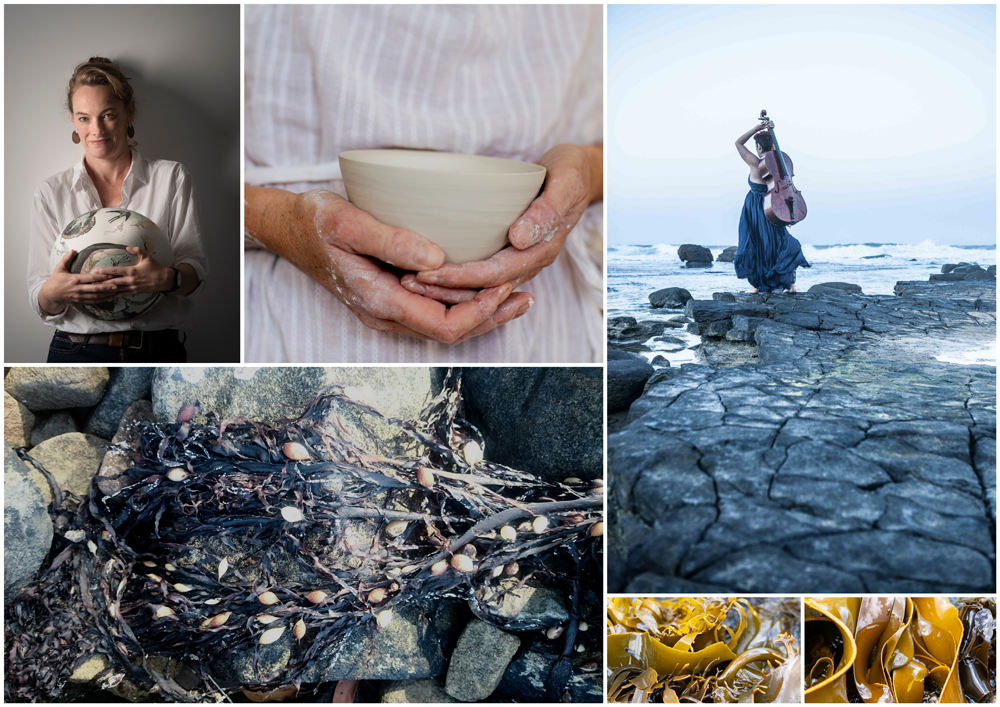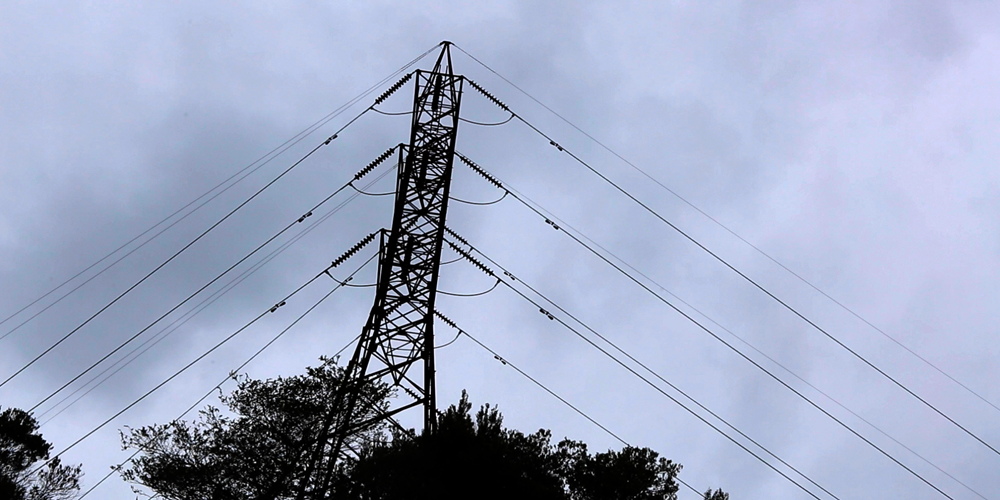Special Projects
scroll down for more
Petal Kiln and Fire Sculpture
kiln by Andres Allik, sculpture by Nanna Bayer and Selena de Carvalho

On the evening of the 3rd May, 2019, a team of dedicated ceramic artists, led by renowned master kiln builder, Andres Allik, will open the petals of a giant custom-built kiln.
An audience of conference delegates and members of the general public, gathered in the PW1 forecourt, will watch in awe as the 3m tall ceramic sculpture enclosed therein is revealed, glowing red hot against the night sky, rapidly cooling from the 1300 degrees it has taken three days of firing to achieve.
The sculpture, once cooled will be a lasting monument to the shared labours of many community members.


Under The Shadow of The Banyon Tree
by Jason Lim

We apologise that this project has been cancelled due to the artists extenuating personal circumstances.
Jason Lim has been touted as Singapore’s next master ceramist. In a practice that combines skilled craftsmanship and influences from performance art, Jason’s work is striking and thought provoking.
We are thrilled that he will be bringing his landmark endurance work, Under The Shadow of The Banyon Tree, to Tasmania this May.
Working from 10 am to 6pm each day within the PW1 exhibition space, Jason will transform 3 tonne of local clay into an immersive environment, drawing inspiration from the themes of the material and the spiritual worlds such as that explored in the Hindu text Bhagavad Gita.
By recreating in clay the forms of the tropical Banyan tree’s aerial roots, Jason’s performance will give prominence not only to the properties of clay and the artist's bodily actions, but also to the banyan tree—a species respected in the Asia-Pacific region for its mythical and spiritual connotations.
Supported by:

Tambay
by Boxplot

In April 2019, Mark Valenzuela, Pablo Capati, and Babbu Wenceslao took up residence at the University of Tasmania’s School of Creative Arts to create a collaborative work especially for the Triennale. Combining ceramics, sculpture, drawing and performance, Tambaywill centre on a small structure that references the street-side stalls common to the artists’ home country of the Philippines.
Street stalls in the Philippines offer a range of inexpensive goods and services. In Tambay, the entrepreneurial ingenuity of street vendors becomes a means to explore a broader culture in the Philippines of making creative use of limited resources. The artists consider the impact of this culture on their own art practices and engagement with clay
Often incorporating a place to sit, street stalls also act as public spaces where people can gather to talk or rest. The Tagalog word tambay(or istamby) is derived from the English term ‘on standby’ and is commonly used to describe individuals who spend their days hanging out, for lack of work, school or other ‘productive’ activity. InTambay, however, the artists consider the educative function of public spaces such as street stalls, once again drawing parallels between this cultural context and their approaches to art making. Each artist recognises the contribution of informal education to their art practice, which has been facilitated by a cultural context that emphasises spending time with peers and working collaboratively.
Located in the forecourt of PW1 for the duration of the Triennale, Tambay will likewise function as a place for people to gather or take some time out. The artists will be present at the installation, undertaking various daily activities and welcoming visitors to interact them and their work.
Supported by :


Marine Ostinato
by Shannon Garson and Louise King

Shannon says:
“For many years I’ve seen the wonder on people’s faces as I’ve started a lump of clay spinning on the potter’s wheel and it becomes a jug, a bowl, a cup. Seeing a vessel rise from a lump of clay or a drawing appear from the end of a pencil or music come pouring out of a wooden instrument is a magical thing, it captures the essence of transformation and connection, it takes us out of our solitary lives and connects us to others. I see “Marine Ostinato” as a distillation of this wonder, taking the private moments of artistic creation and sharing them through performance and music. Marine Ostinato is designed to delight and inspire reminding us all of the wonders of the world we live in.”
Marine Ostinato is a multi-media performance that explores creativity, transformation and the beauty of Tasmania’s rugged coastline through pottery, shadow puppetry, video and music. Artist Shannon Garson has brought together artists working in different mediums for this project shadow puppetry, projection art, ceramics and live music.
Marine Ostinato will be performed within PW1 on Wednesday and Thursday evenings.
Yasmin Smith

Yasmin Smith works within the parameters of ceramics to create research-based, process-driven, site-derived installations. Merging aspects of art and science, Smith pursues an alternative means of knowledge gathering and sharing by utilising the chemical composition and processes of ceramic glazes made from materials found on-site to furnish evidence in aesthetic outcomes of the history, ecology, geology and culture of that place. Smith’s investigation for the 2019 Australian Ceramics Triennale centres on the flooded forests of the Lake Pieman Hydroelectric Scheme on Tasmania’s West Coast. Flooded in the 1980s, ancient forests of celery top pine (Phyllocladus aspleniifolius), Huon pine (Lagarostrobos franklinii), Tasmanian oak (E. obliqua), myrtle (Nothofagus cunninghamii), blackwood (Acacia melanoxylon)and sassafras (Atherosperma moschatum)remain beneath the surface of the lake as a radically-altered ecosystem. The combination of extremely low water temperature, low light levels due to the black tannin rich waters and the replacement of the trees’ sap with water, has preserved the forest timbers in suspension. Through the production of wood ash glazes and ceramic forms made from the remains of these flooded forests, Smith’s investigation will produce evidence of this grand scale human intervention into nature at the point at which carbon, hydrogen and oxygen cycle though the ecosystem as water and wood.
The artist would like to thank Hydrowood, Andrew Morgan and Jo Quigley for the organisation and donation of Lake Pieman hydrowood offcuts, Matthew Prince, Waldie's School for the Ceramic Arts, Dave Taylor, Staci Crutchfield and Elise Fredericksen.

